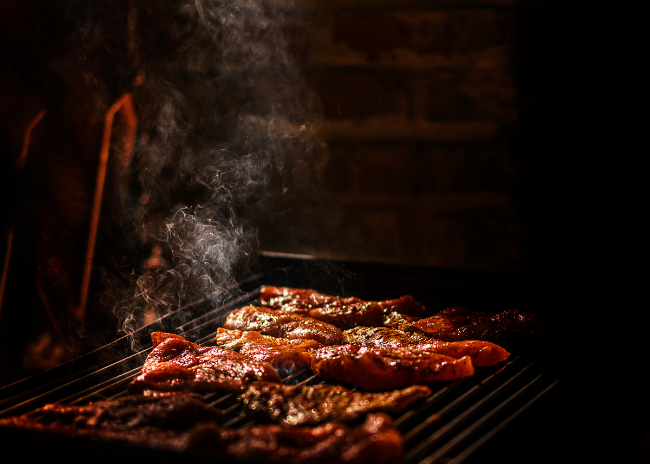In terms of safety, cleanability is important when choosing an outdoor grill or rotisserie.
When purchasing an outdoor grill, operators should consider the events, menu items and flexibility they require. Identify whether natural gas or propane is preferable, and be aware that gas pressure and regulators differ.
Outdoor grills and rotisseries expand the cooking capacity and options for on- and off-site catering operations.
In terms of safety, cleanability is important when choosing an outdoor grill or rotisserie.
When purchasing an outdoor grill, operators should consider the events, menu items and flexibility they require. Identify whether natural gas or propane is preferable, and be aware that gas pressure and regulators differ.
Outdoor grills and rotisseries expand the cooking capacity and options for on- and off-site catering operations.
Featured Products
-

Countertop Chicken Rotisserie Oven
Vollrath
The Cayenne rotisserie oven has a glass front and back as well as a removable drip tray. This countertop model can prepare up to eight chickens at once. The chrome-plated wire baskets can be used for a variety of products including chicken, ribs and more.
Related Articles
-
When to Replace a Steam-Jacketed Kettle
Read FeatureSteam-jacketed kettles can last as long as 20 years, depending on usage and care. But here are a four signs that it may be time to replace a kettle.
-
When to Replace a Commercial Range
Read FeatureThere are situations in which operators should consider replacing an existing range or adding a new unit to their kitchen.




